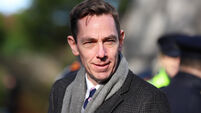Boy’s stem cells used to rebuild windpipe
If successful, they believe it could lead to a revolution in regenerative medicine.
The operation, lasting nearly nine hours, took place at London’s Great Ormond Street children’s hospital on Monday but only emerged yesterday.














